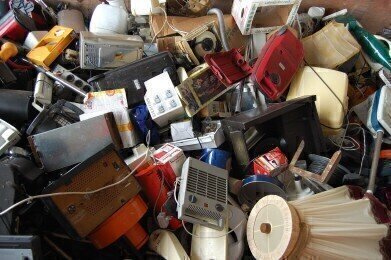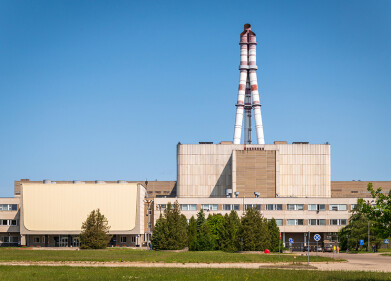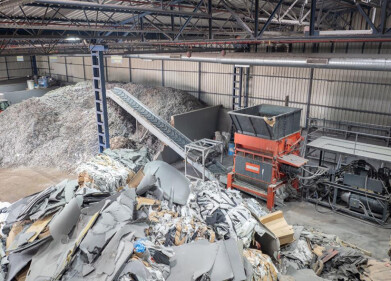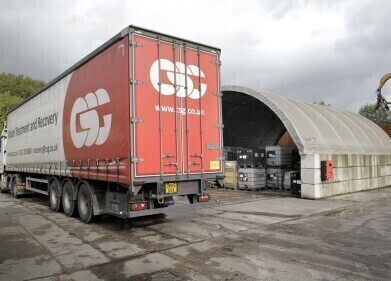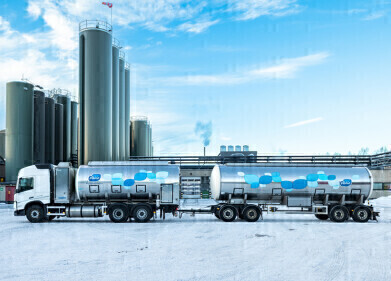Hazardous waste
What's the Most Common Hazardous Waste?
Sep 21 2022
Hazardous waste is categorised as any waste substance which could pose a threat to human or environmental health and as such, must be disposed of accordingly. Failure to do so could incur hefty fines and operational restrictions from the appropriate regulatory body, so it’s important to recognise which wastes fall under this definition.
Hazardous waste can take solid, liquid or gaseous form, each of which requires a different approach to ensure it is disposed of safely. While the volume of waste will vary from business to business, country to country and individual to individual, there are certain items which crop up again and again. Here’s a rundown of some of the most common hazardous wastes you’re likely to come into contact with on a regular basis, regardless of whether you’re a business or private citizen.
Paints, oils, inks and solvents
Most wastes from this source are generated by routine painting of facilities, equipment or even residential properties, while stripping away old paint can also produce much waste. During the manufacturing process, many paints have solvents (such as acetone and xylene) or heavy metals (such as cadmium and lead) among their ingredients. These elements are toxic to their surrounding environment and the plants, animals and humans which live within it.
Light bulbs and lamps
Depending on the type of lighting fixture in question, it may use fluorescent tubes which contain mercury. These lamps usually have their interior coated with a powder phosphor made from elemental mercury, which is largely harmless if absorbed through the skin or ingested. However, exposure to even small amounts of ambient mercury can cause severe respiratory damage over a small period of time. It’s for this reason that mercury emissions are strictly controlled at industrial plants around the globe.
Pesticides, herbicides and fertilisers
To feed the world’s swelling population, the agricultural sector has taken advantage of various additives and products which help maximise yields. However, the ammonia, nitrogen and phosphate contained in these pesticides, herbicides and fertilisers can imbalance nutrient levels in delicate ecosystems, upsetting the natural way of things. This can result in certain species proliferating at the expense of others, while also contaminating the water and soil.
E-waste
Electronic waste, informally known as e-waste, is increasingly an issue all over the world. Items such as computers, smartphones, printers, televisions, batteries and many other types of technological gadgetry contain precious metals and minerals. These are not only damaging to the surrounding atmosphere if allowed to leach into the air, soil and water, but are also highly sought-after commodities for manufacturing other electronic equipment. As such, it’s of the utmost importance that e-waste is sorted and recycled, rather than being left to pollute the environment in landfill.
Events
Apr 21 2025 Shanghai, China
May 11 2025 Vienna, Austria
May 18 2025 Algiers, Algeria
23rd International Water Management Exhibition
May 20 2025 Prague, Czech Republic
Singapore International Water Week Spotlight 2025
Jun 23 2025 Singapore
